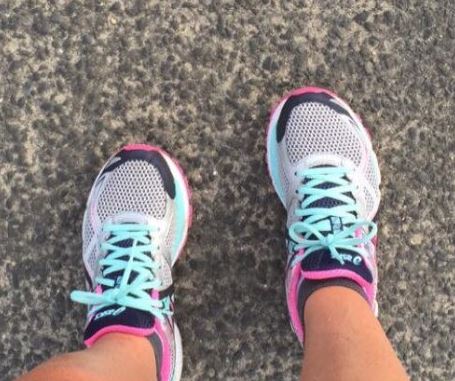
When considering an incentive effort to drive employee wellness, one of the first decisions to make is how much to spend on each employee. There has never been any definitive analytical proof that will show you how much it will take to motivate someone to change behavior, or for that matter what award will induce the most excitement. For years the incentive industry has provided guidelines to help you decide: example: X% of the salary for the program period, but there has never been any empirical evidence to support these rules. The chart below will give you a good idea of what type of budget companies are using today.
A number of factors go into motivating behavior change. And while one is the award itself, it is by no means the only one. If you think by simply offering some type $50-$100 fitness device you are going to motivate an employee to change years of poor lifestyle choices then think again, it probably won’t. But in combination with the other pieces of the wellness program (not the least of which is well designed communications) a choice of awards can be effective.
Following is a chart published in Incentive magazine comparing Safhow much budget companies invest, on average, per employees for their wellness programs:
| Spend rate | 2015 | 2016 | Change |
| Under $50 | 42.8% | 40.9% | -1.9% |
| $50 to $99 | 18.2% | 26.3% | +7.8% |
| $100 to $199 | 10.2% | 15.0% | +4.8% |
| $200 to $499 | 11.8% | 5.1% | -6.7% |
| $500 to 999 | 11.2% | 3.3% | -7.9% |
| $1000 and more | 5.9% | 9.5% | +161% |
Almost 70% of companies researched use individual awards under $100. When considering awards, don’t automatically use one in the fitness related field, not everyone wants one. They may be good for introductory or communication reasons, but if you want to get the most motivation appeal out of your award budget, don’t give them what you want them to have or what you think they want. Let them choose what they want for themselves. When they can choose their own award they will make your objectives their own.